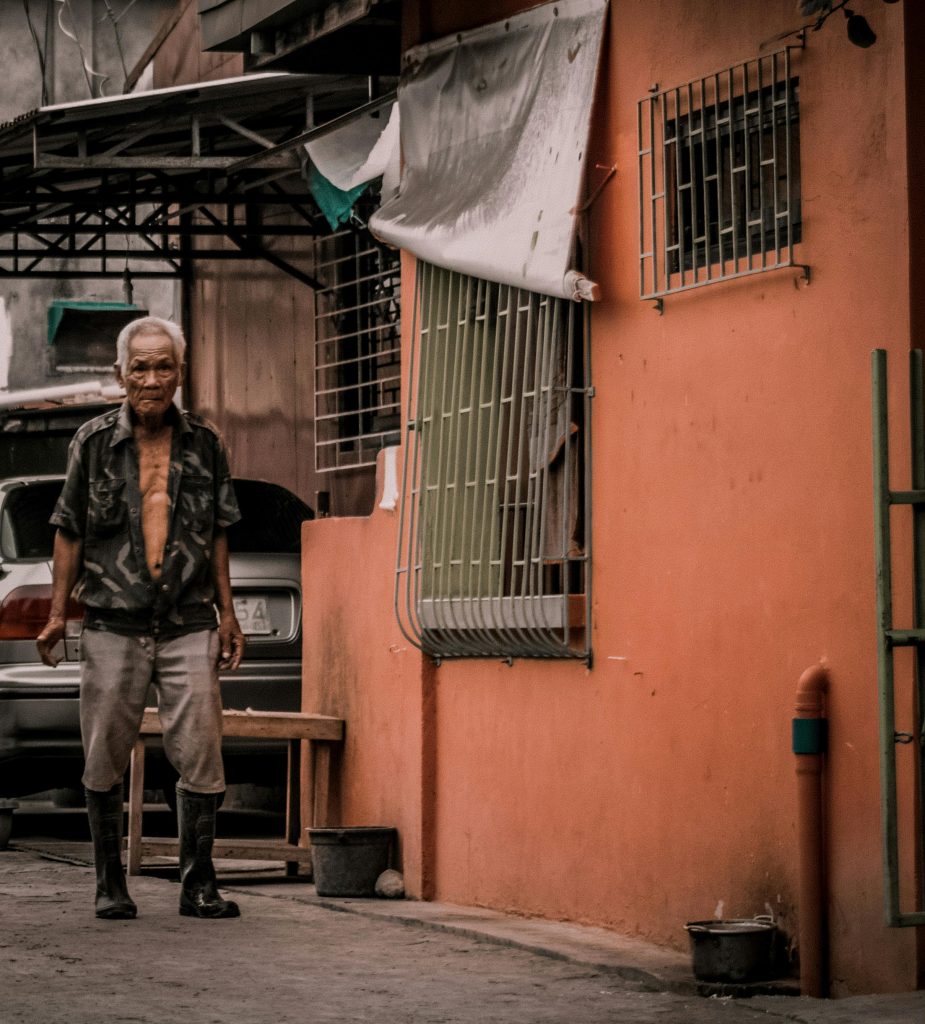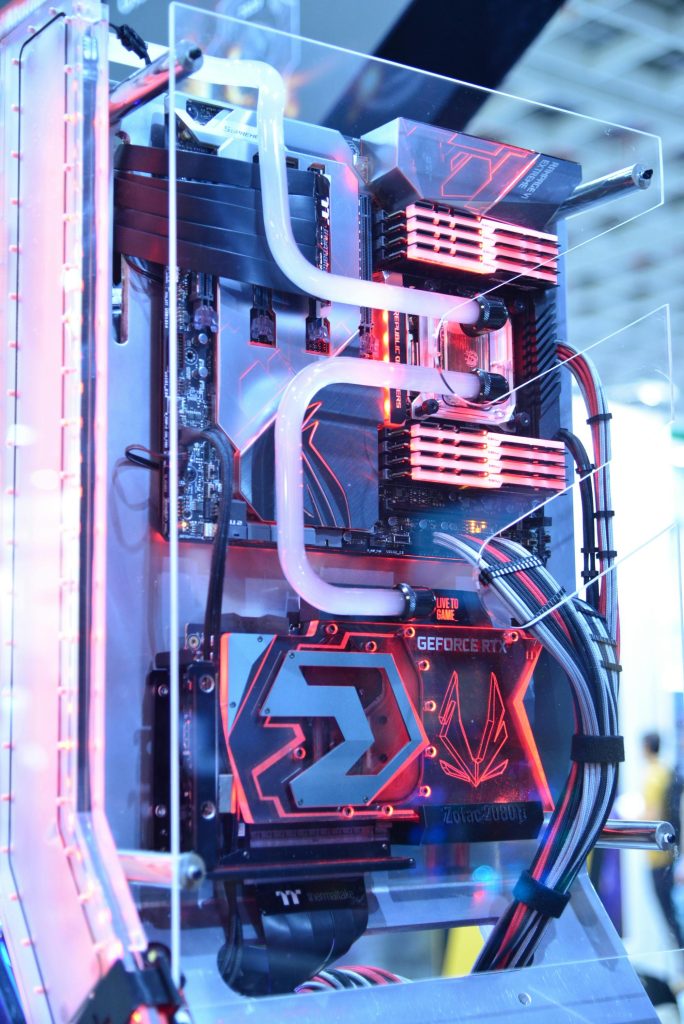Troubleshooting System Stability and Performance Issues on the ThinkCentre M83 SSF
Introduction
The Lenovo ThinkCentre M83 Small Form Factor (SSF) is a compact and versatile desktop designed for a variety of professional and personal applications. However, users may encounter issues such as system freezes during driver installation or at Windows startup. This article aims to provide a comprehensive overview of common causes and potential solutions to these problems, focusing on hardware configuration, driver compatibility, and power considerations.
Understanding the System Configuration
In many instances, users report that certain hardware components only function correctly when installed in specific PCIe slots—for example, the secondary (bottom) slot rather than the primary (top) slot. Such configurations can impact bandwidth availability and system stability. Ensuring optimal placement of graphics cards and other add-in components can be critical for achieving desired performance levels.
Graphics Card Compatibility and Power Requirements
This particular system is equipped with a NVIDIA GTX 1050 2GB graphics card, which is designed to operate with a maximum power draw of approximately 75 watts. Typically, the GTX 1050 does not require an additional external power connector, relying instead on power supplied via the PCIe slot. Confirming that the power supply unit (PSU) can adequately support the hardware is essential.
In recent developments, users have observed that similar systems successfully operate with a GTX 1650 graphics card, which also generally consumes around 75 watts and often does not need supplemental power connectors. These observations suggest that the system’s current power supply and motherboard may be compatible with such GPUs.
System Modifications and Power Supply Upgrades
There are reports of custom modifications, such as reconfiguring the motherboard within the chassis or upgrading the PSU to higher wattages—such as switching to a 450W unit—to better support high-performance components. Such modifications can improve stability and ensure sufficient power delivery, but must be undertaken cautiously to avoid damaging components.
Troubleshooting Steps
-
Verify Slot Placement:
Test the graphics card in different PCIe slots to determine if system stability improves. The bottom slot might offer better bandwidth or power delivery, depending on the motherboard layout. -
Update Drivers:
Use the latest stable driver version (e.g., WHQL release 580.88 or newer) compatible with your GPU. Outdated or incompatible drivers can cause freezing during installation and boot issues. -
Check Power Supply:
Ensure that your PSU provides reliable and adequate power for your GPU
Share this content:



